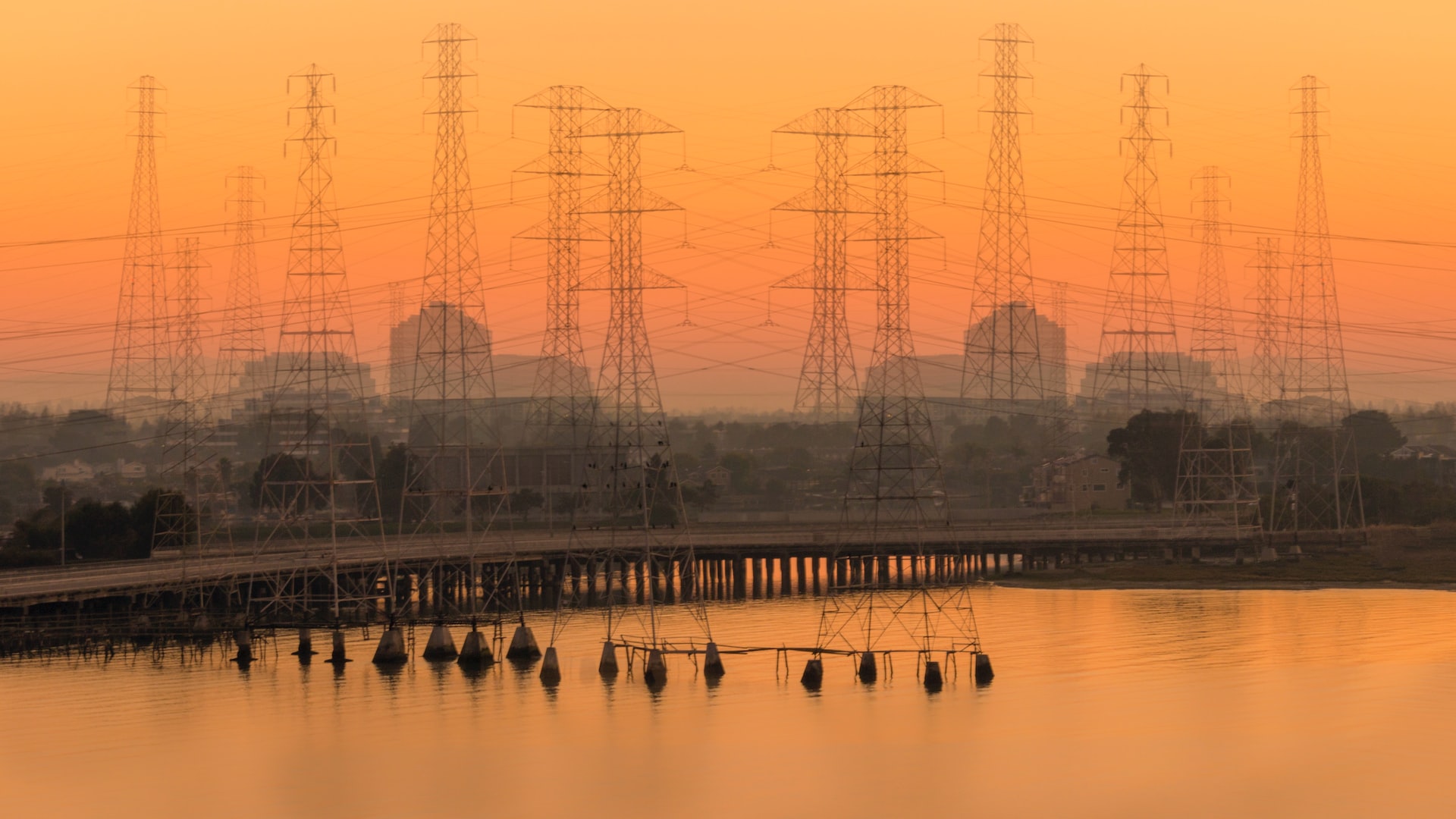Maximize the Potential of Hydrogen
Hydrogen is now a buzzword in the world of energy. The element exists as carbon compounds in water, air, animals and everything that is there in the atmosphere. Hydrogen is presently being used in refining petroleum and fertilizer production to name a few, while transportation and utilities are emerging areas for its use.
Use of hydrogen dates back to the 1950s, when NASA started using liquid hydrogen as rocket fuel. NASA were also the first to use hydrogen fuel cells to power the electrical systems in a spacecraft.
Hydrogen is clean energy, but dig deeper and one will understand that the type of production dictates whether the hydrogen we consume is clean or not. Hydrogen is made using three ways – gray hydrogen plants use methane gas and water to extract hydrogen and carbon dioxide (CO2) which is released into the atmosphere. Blue hydrogen plants use a similar process, separating hydrogen and CO2. A part of CO2 is captured and stored in underground storage. The last type which is the green hydrogen plant uses electrolysis to separate the hydrogen from oxygen in water. Such plants are also powered using renewable energy, making the hydrogen energy produced from such plants completely clean.
Its Uses
Presently, hydrogen’s use is very prominent in crude oil refineries. It is used in de-sulfurization of crude oil to make petrol, diesel and other chemicals. Its use is very vital in the refining industry. About 60% of all domestic hydrogen in the US is used as an input to produce diesel. Another 30% is consumed as feedstock for chemical fertilizers.
There are also other use cases of hydrogen to generate electricity and as hydrogen fuel cells to power vehicles. Hydrogen fuel cells is being used to generate electricity which is becoming a viable option to supply backup or emergency power in buildings, and supply electricity to remote areas not connected with electric power grids. As of October 2021, 166 fuel cell power generators were being used to generate a total of 260 MW of electricity at 113 facilities in the US. Interest in using hydrogen as a fuel to power combustion gas turbines in power plants is also growing. A 485 MW power plant in the state of Ohio in the US is operating on a 95% natural gas/5% hydrogen fuel blend, which in the future they plan to replace with 100% green hydrogen produced from renewable resources. Hydrogen fuel cells have high efficiency and zero-emissions when used to power vehicles. Several vehicle manufacturers in the US provide light-duty hydrogen fuel cell vehicles for lease or sale in the US, where facilities such as public hydrogen fueling stations are available.
Barriers to its Success
Hydrogen may seem the ideal fuel, but certain challenges need to be overcome first to make it the primary fuel for residential and industrial use. Producing hydrogen is more expensive than gasoline, in addition to it being a time-consuming process. It is also a highly flammable gas, making it dangerous for use in heating and cooking appliances in buildings. A study done by the UK government in 2021, found that the annual predicted number of gas explosions in UK homes would more than quadruple if natural gas were to be replaced by hydrogen – rising from 9 to 39.
Storing and transporting hydrogen is also difficult due to its low density and high flammability. There is also a considerable lack of hydrogen infrastructure such as its production, storage and distribution. The general public also have many misconceptions regarding hydrogen use. These misconceptions arise due to having less awareness around its viability and safety.
Governments Taking Active Steps
Globally, several governments have forged ambitious plans to increase the use of hydrogen in their energy mix. Prominent among them is the EU that aims to increase hydrogen use in its energy mix by 13-14% by 2050. Meanwhile, Japan is already a leading player and expects to introduce full-scale hydrogen generation by 2030 for which it has set a budget of $369.26 million to finance research and development. And in the proposed National Infrastructure Plan in 2021, the US has dedicated $8 billion for the development of hydrogen.
Coupled with the right energy policies; awareness around hydrogen use; and investments in the development of the sector will certainly act as catalysts in greater consumption of hydrogen as the primary energy. Building education and awareness around the use of hydrogen among the public will also help remove misconceptions.
Hydrogen can certainly be a gamechanger in the global energy mix. Its clean energy tag can prove a great source of alternative fuel, helping countries in their sustainable transition.
Photo Caption: The future of hydrogen-powered energy is bright. Photo by sterlinglanier Lanier on Unsplash.




